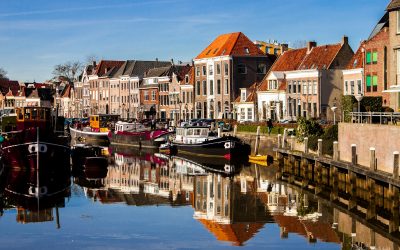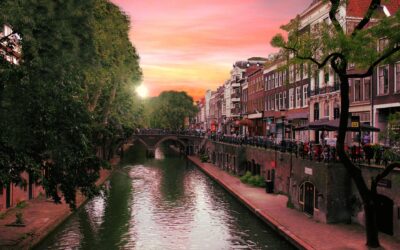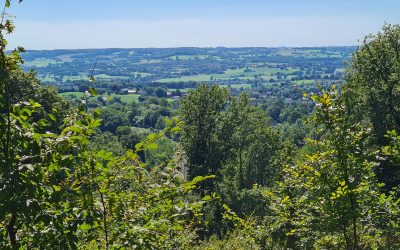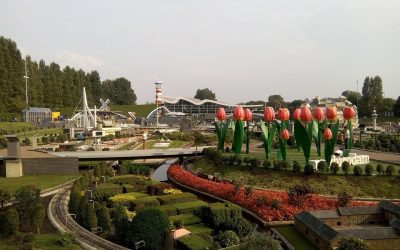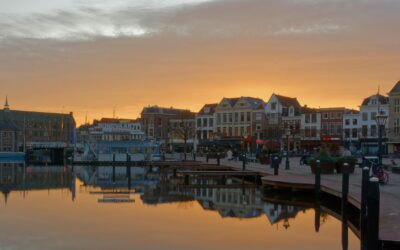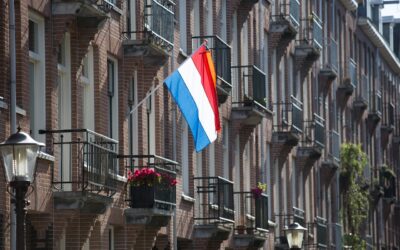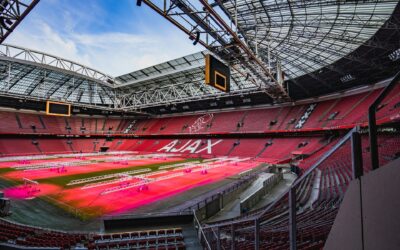Explore the rich and colorful world of Dialects in the Netherlands and discover where you can hear them. Dive into this fun guide.
Traveling in the Netherlands is not just about tulips, canals, and windmills. There is something very special that many tourists do not expect. That is the wide variety of dialects in the Netherlands. These dialects make each part of the country sound different and give every region a unique character. When you visit, listening to local dialects is a great way to understand the people and culture better.
About Dialects in the Netherlands
A dialect is a way of speaking a language that is different in vocabulary, pronunciation, and sometimes grammar. In the Netherlands, people speak Dutch, but in many areas, they also use a local dialect. These dialects are part of daily life, especially outside the big cities.
Some dialects are very different from standard Dutch. Others are easier to understand if you know some Dutch. What makes dialects special is that they show where a person is from. They tell a story about history, geography, and local traditions.
Discover What Dialects Are Known For
Dutch dialects are known for being colorful, friendly, and full of local words. Some dialects have words that are only used in that region. Even the sound of the language changes. In some areas, people speak slowly and with a sing-song tone. In others, the speech is fast and strong.
Many dialects are used in festivals, local songs, and theater. Some people even write books or poems in their dialect. This makes dialects a living part of culture, not just something old.
Top Reasons Why Dialects Are Popular in the Netherlands
- Local Identity: People feel proud of their dialect. It connects them to their home and family.
- Tradition: Dialects are passed from parents to children. They are part of holidays, jokes, and songs.
- Connection: Speaking the same dialect makes people feel close. It builds a feeling of community.
- Fun and Unique: Dialects sound fun and are different from what you expect. This makes them interesting for visitors.
Places Where Dialects Are Popular
Dialects in the Netherlands are stronger in small towns and villages. You will hear them in the countryside, but also in cities with a strong local culture. Here are some regions where dialects are popular:
- Limburg in the south
- Friesland in the north
- Twente in the east
- Brabant in the south
- Groningen in the northeast
In these places, you will often hear people switch between Dutch and their dialect.
Dialect 1: Limburgish
Limburgish is spoken in the province of Limburg, near the border with Belgium and Germany. This dialect is very musical and has soft sounds. Some say it sounds romantic. Many Limburg people use it at home, with friends, and in local shops.
Limburgish has many influences from German and French, so it sounds different from Dutch. The dialect even changes from one town to the next. People are proud of speaking Limburgish. It is used in songs, festivals like Carnival, and local radio.
When you visit cities like Maastricht, listen carefully to people in cafes. You might hear Limburgish and enjoy how lovely and smooth it sounds.
Dialect 2: Frisian
Frisian is more than a dialect. It is an official language in the Netherlands. It is spoken in the province of Friesland, in the north. Frisian is closer to English than Dutch, and that surprises many visitors.
Most people in Friesland speak Frisian and Dutch. Frisian is used in schools, signs, and TV shows. When you visit Friesland, you will see the Frisian flag, hear Frisian music, and maybe join a local festival.
Cities like Leeuwarden are perfect places to explore Frisian culture. Try saying “Bôle” instead of “broodje” for sandwich, and you will get a smile from locals.
Dialect 3: Brabants
Brabants is spoken in the southern province of North Brabant. This dialect is known for being friendly, relaxed, and full of warmth. People from Brabant are proud of their easy-going way of life, and this is clear in their dialect.
Brabants sounds softer than standard Dutch. It is often used in jokes, stories, and local events. Cities like Eindhoven, Tilburg, and Den Bosch are places where you can hear Brabants.
Many Dutch people love the Brabants dialect. It is used in popular music and comedy. For tourists, it feels welcoming and cozy. Listen when people greet each other with “Houdoe,” which means goodbye. It feels like a warm hug.
Dialect 4: Twents
In the east of the Netherlands, in the region called Twente, people speak Twents. This dialect sounds more like German and is often used in the countryside. Twents is strong and a bit sharp, but full of charm.
You can hear Twents in cities like Enschede and Almelo. It is also common in villages where people love their traditions. In Twente, people use their dialect in daily life, local sports, and family events.
Twents has words and phrases you do not find anywhere else. That makes it fun to learn. People in Twente are proud of their dialect and happy to teach you a few words.
Dialect 5: Gronings
Gronings is spoken in the province of Groningen, in the far north of the country. This dialect is strong and direct, just like the people of this region. Gronings has many words from Low Saxon, and it sounds a bit rough.
In Groningen city and the countryside, people speak Gronings in markets, shops, and homes. It is a part of their identity. There are also songs and radio programs in Gronings.
A famous Gronings phrase is “Moi,” which means hello. It is short, easy, and friendly. Try it when you visit and you will make friends quickly.
Why Tourists Should Listen to Dialects
As a tourist, learning about dialects in the Netherlands is a fun way to explore culture. You will:
- Hear something new in every town
- Learn words that make locals smile
- Feel more connected to the places you visit
Try to ask locals about their dialect. Many will be happy to explain and share stories. You might even get a quick language lesson.
Tips for Tourists Interested in Dialects
- Listen in cafes and markets: These are good places to hear real conversations.
- Join local events: Festivals and fairs are full of music and dialect.
- Watch regional TV or listen to radio: Many areas have shows in dialect.
- Ask friendly questions: People love to talk about their way of speaking.
Keep Exploring Dutch Culture
Now that you know about the amazing dialects in the Netherlands, why stop here? Read more articles on our website to discover Dutch traditions, food, music, and fun places to visit. Every region has something new and exciting. Let your journey continue.
Thanks for reading. We hope you enjoy every voice and every dialect you hear during your stay in the Netherlands.



